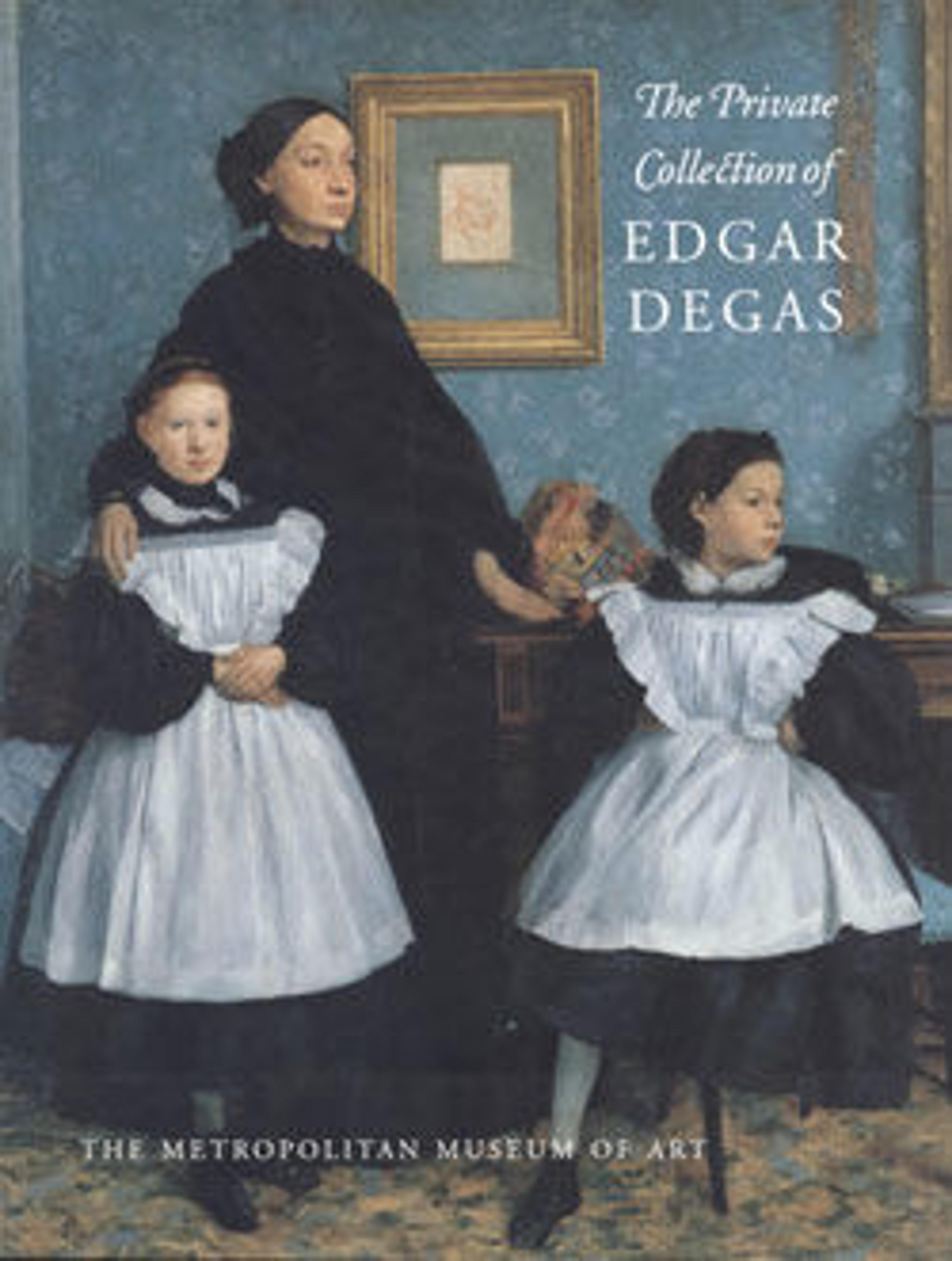Fan Mount: Dancers
In 1879, when Degas created this work, he was organizing a gallery at the fourth Impressionist exhibition devoted to his own painted fans alongside those of Félix and Marie Bracquemond, Jean-Louis Forain, Morisot, and Pissarro. Cassatt, who owned this fan, considered it "the most beautiful one that Degas painted." She sold it to Louisine Havemeyer in 1919.
Artwork Details
- Title: Fan Mount: Dancers
- Artist: Edgar Degas (French, Paris 1834–1917 Paris)
- Date: 1879
- Medium: Watercolor and metallic paint on silk
- Dimensions: 7 1/2 x 22 3/4 in. (19.1 x 57.8 cm)
- Classification: Drawings
- Credit Line: H. O. Havemeyer Collection, Bequest of Mrs. H. O. Havemeyer, 1929
- Object Number: 29.100.555
- Curatorial Department: European Paintings
More Artwork
Research Resources
The Met provides unparalleled resources for research and welcomes an international community of students and scholars. The Met's Open Access API is where creators and researchers can connect to the The Met collection. Open Access data and public domain images are available for unrestricted commercial and noncommercial use without permission or fee.
To request images under copyright and other restrictions, please use this Image Request form.
Feedback
We continue to research and examine historical and cultural context for objects in The Met collection. If you have comments or questions about this object record, please contact us using the form below. The Museum looks forward to receiving your comments.
